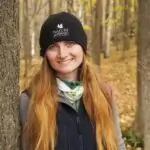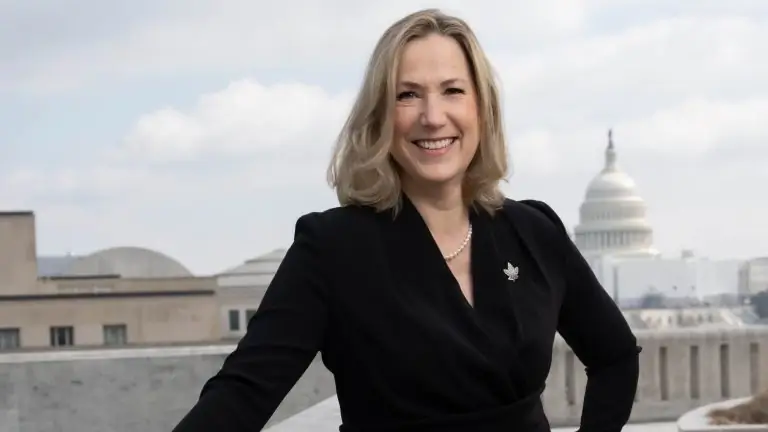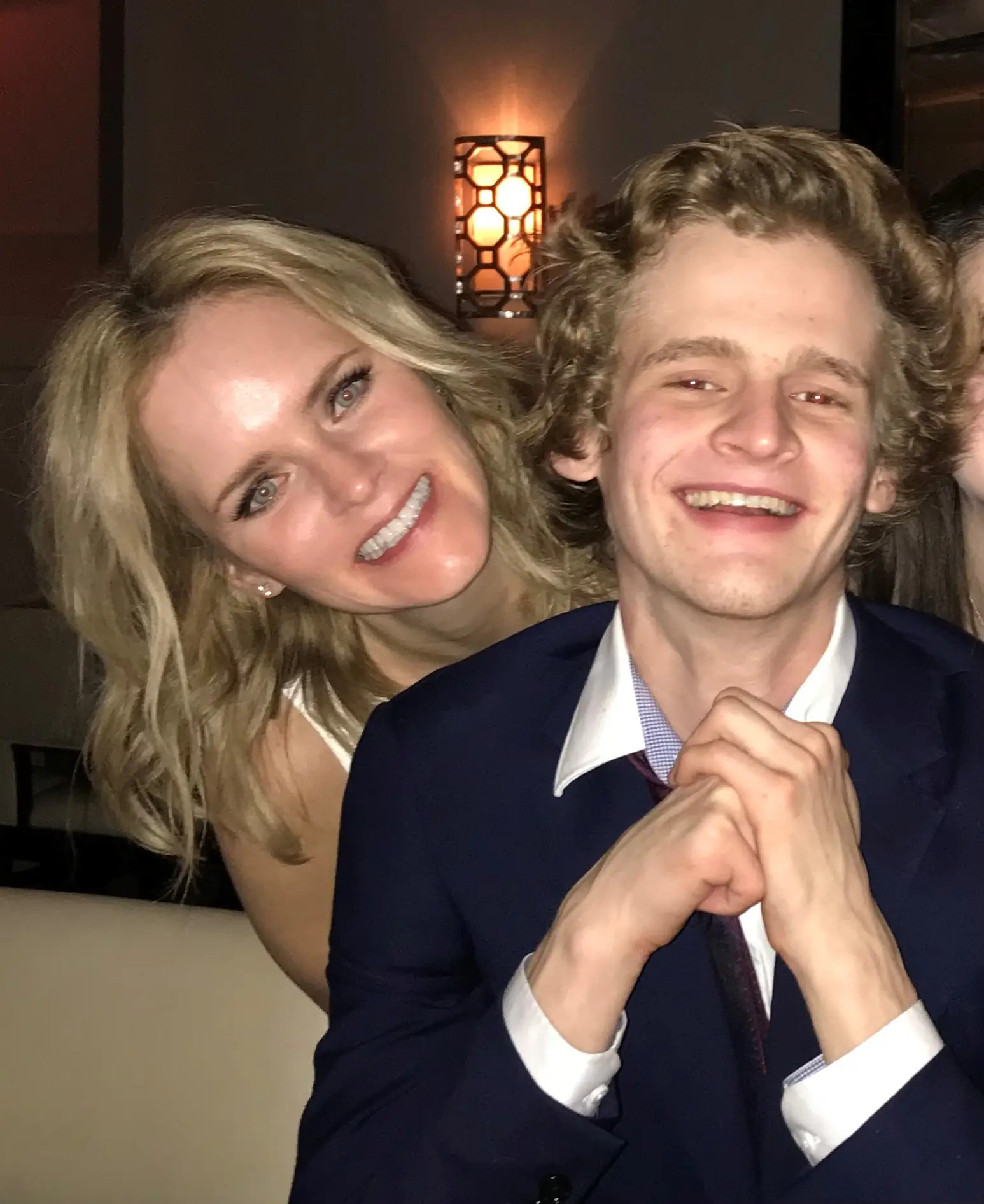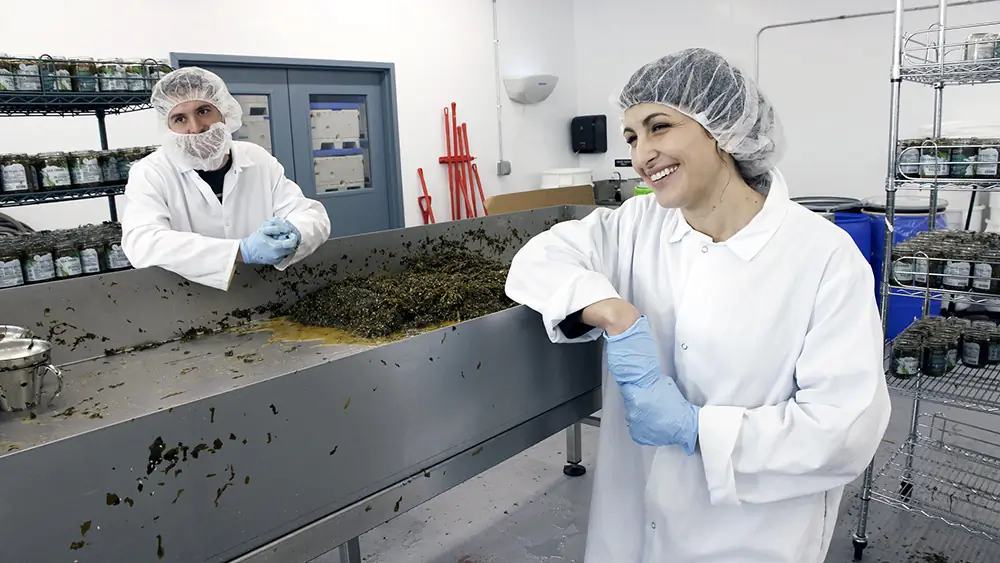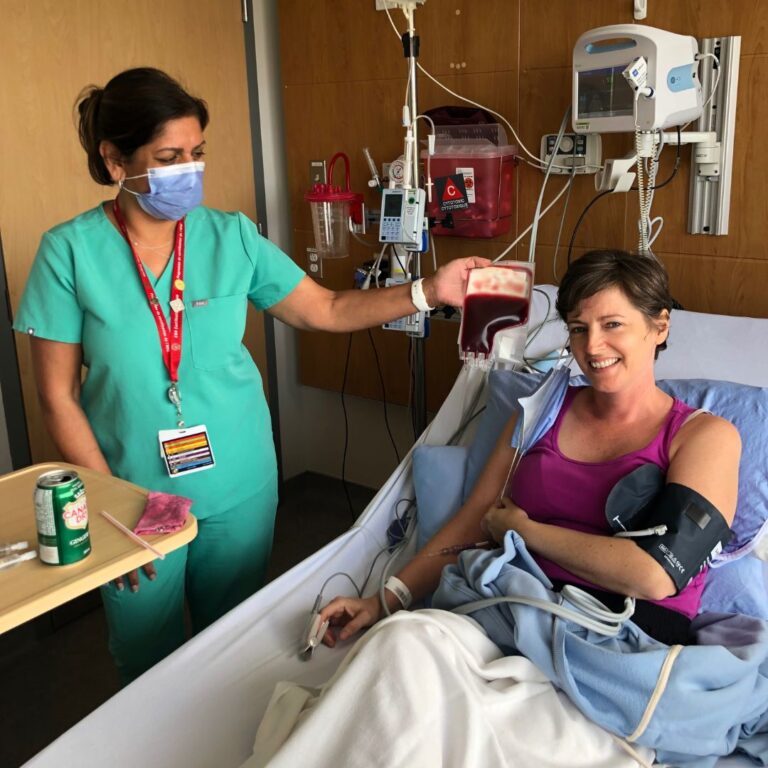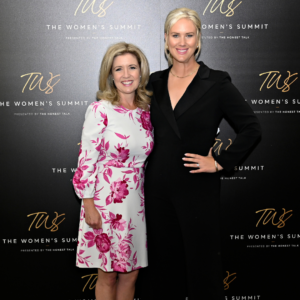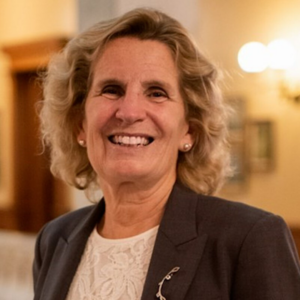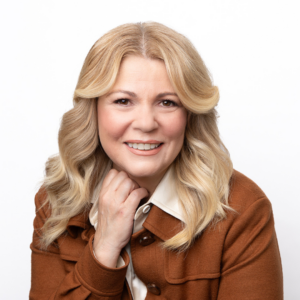Nature is for everyone: let’s make it accessible to all
Environment01.12.2023
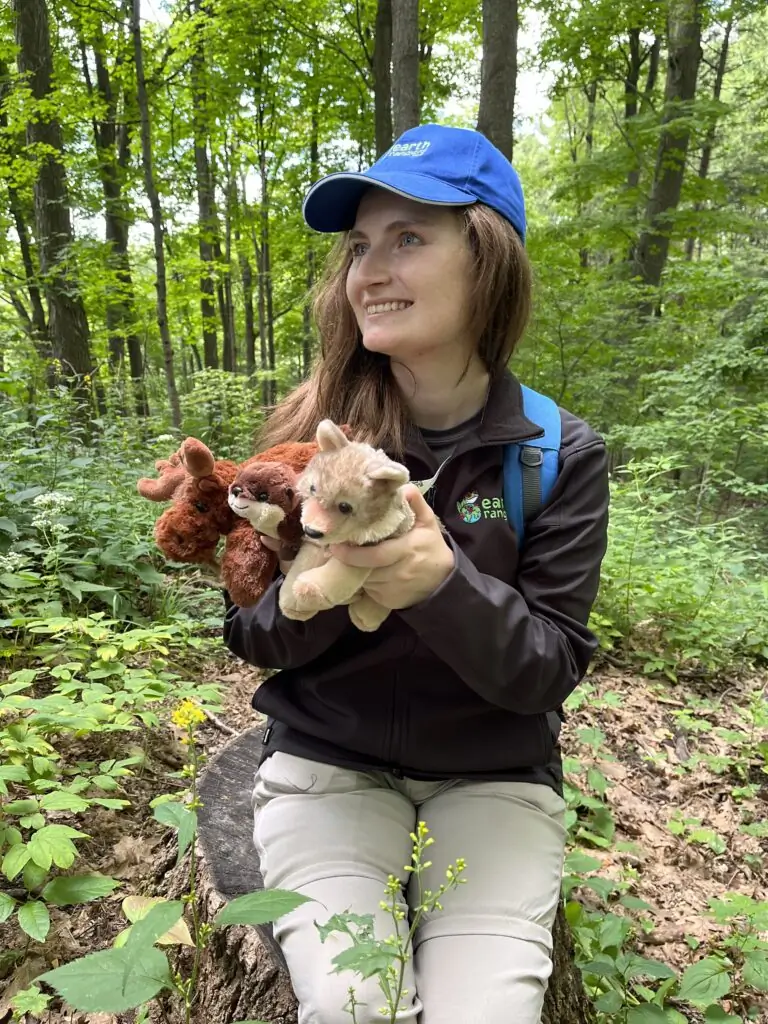
I have a confession — I’m really bad at canoeing
On the surface, this doesn’t seem like an Earth-shattering revelation, but as a Coordinator of Conservation Biology with the Nature Conservancy of Canada, my job includes paddling around wetlands, lakes, and rivers to survey species-at-risk, remove invasive species, and classify ecosystems.
I’m getting better, and after five years of spinning in circles, I can now reliably get from point A to point B with minimal detours. For many years, this embarrassed me. I was terrified that if I admitted this obvious weakness, then people in the industry wouldn’t respect me, and I could never be a real conservation biologist.
Unlike many of my coworkers, I wasn’t born with a paddle in my hand and a pair of hiking boots on my feet. Growing up in the industrial landscape of northern England, I was more likely to see the remains of South Yorkshire’s coal-mining and steel-working history, than I was a forest. I grew up on a street with one tree. That tree was later cut down and paved over to make room for more parking.
Nature in my hometown wasn’t a safe space to explore, but shortly after emigrating to Canada, I was invited on my first real camping trip.
There are a few things from that weekend I remember:
- I was eaten alive by mosquitoes.
- I tried to make friends with a group of chipmunks, who reciprocated our relationship by stealing my sandwiches.
- I burned my leg — a scar that I carry to this day — from a burning marshmallow. (Nobody told me you’re supposed to take it out of the fire before it explodes.)
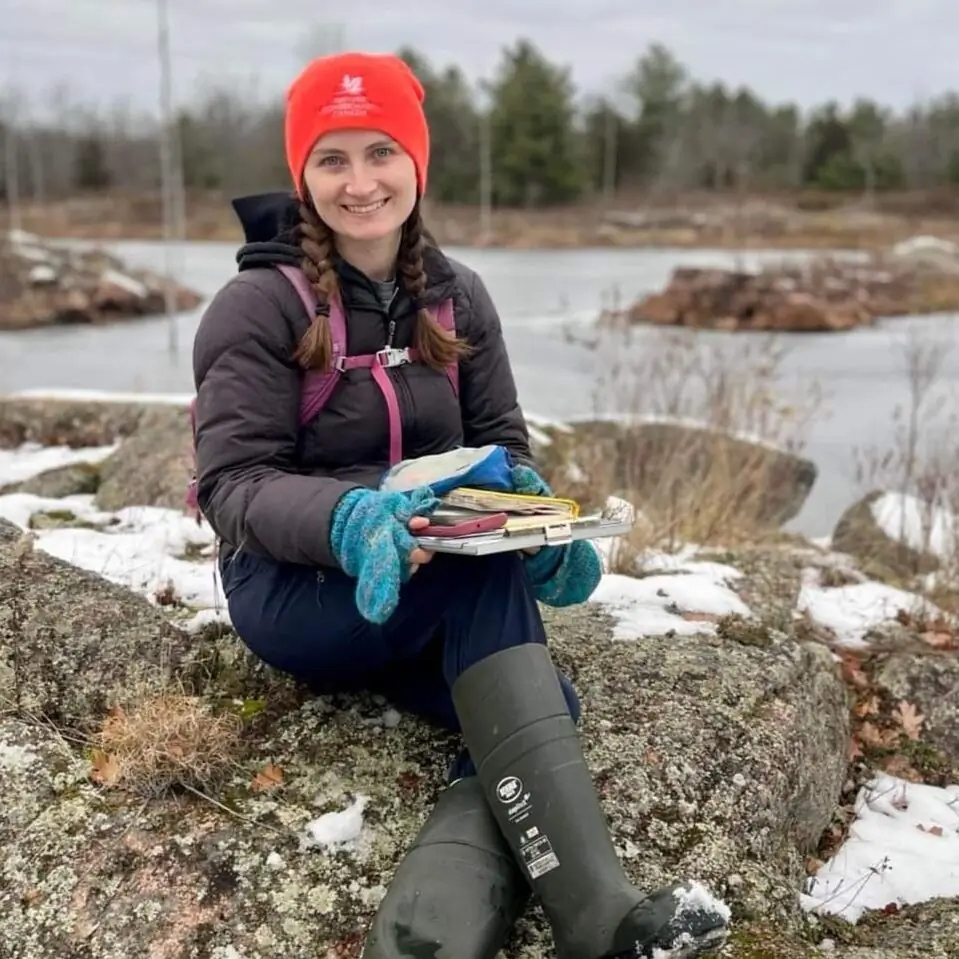
My first Canadian wilderness experience was a steep learning curve
My first Canadian wilderness experience was a steep learning curve, but what sticks with me the most was the feeling of open space. That was the first time in my life I’d been able to stand somewhere and not see a single thing made by humans. That’s a feeling I’ve never forgotten, and one that still takes my breath away every day.
As a child, I didn’t even know a conservation biologist was a job someone could have, never mind that it would be my path.
I am living proof of what is possible when you give children safe and engaging access to nature, so I’ve made it my mission to connect youth with outdoor spaces in a way that feels authentic to them. I am so privileged that I get to wake up every day and love going to work, and the fellow young people surrounding me are a big part of that.
In my current role, I have the privilege of hiring and supervising conservation technicians. They generally come to me with various educational backgrounds and job experiences, but all share a passion for protecting ecosystems. Watching their confidence grow is one of the most rewarding parts of my job.
Whether I’m showing them how to do fieldwork for the very first time, or teaching them about a new species, I feel a lot of pride knowing I’ve helped them fall in love with conservation — although I leave the canoeing lessons to someone else.
However, I’m also a firm believer that you don’t have to go on a six-hour backcountry hike to connect with nature. On a Saturday afternoon, you’re more likely to find me lying on the sofa watching a nature documentary than camping, and I don’t think there should be any shame in this!
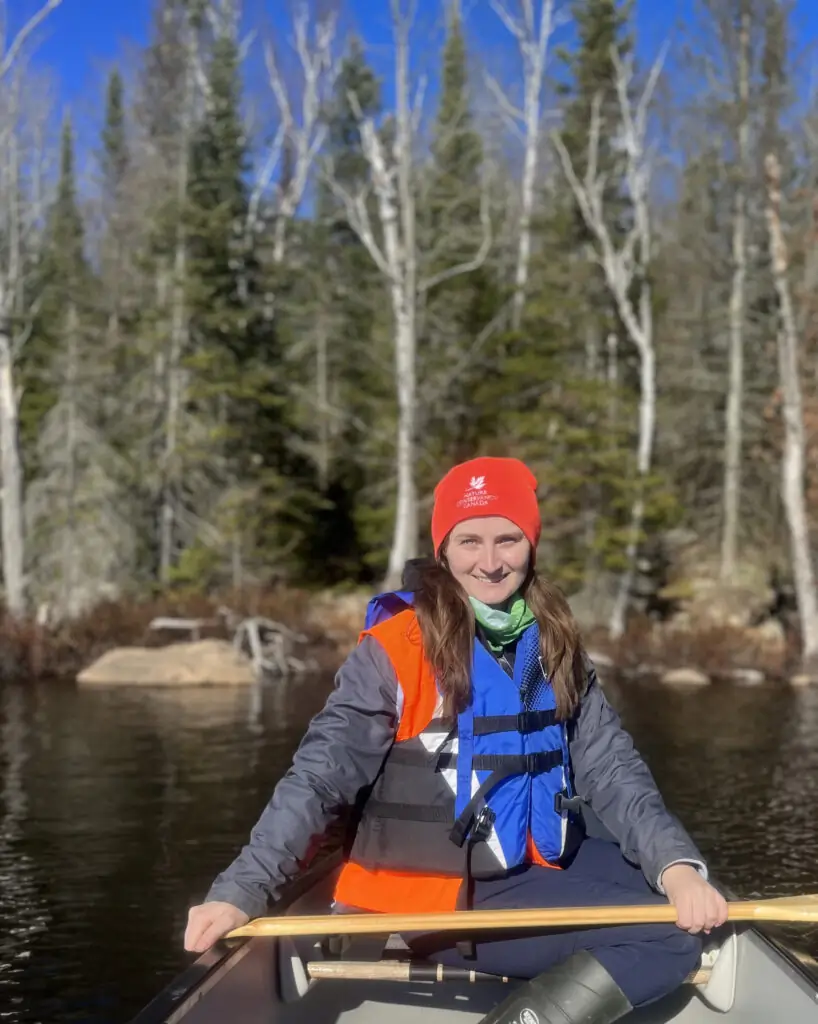
Nature should be accessible and available to people in a way they feel comfortable interacting with it. This is evident in my new partnership with Earth Rangers, where youth can adopt an eastern Ontario animal, and follow my hands-on work to protect them through an app.
Recently, Earth Rangers sent me a video of a child in Manitoba waving at my face on the screen, as a video of me talking about river otters played in the school gym. How do we encourage those little moments of conservation joy, and make Canada’s nature accessible to everyone?
I often think about the little tree that sparked my conservation journey. It wasn’t showy or impressive, but it stood outside my childhood home the entire time I lived there. From growing up on a street with one tree, to now actively protecting the last intact forest corridor in eastern North America, perhaps I was always destined to work in conservation, but it took someone showing me how to fall in love with nature to realize it.
I now hope to be that person to help a new generation fall in love all over again.

